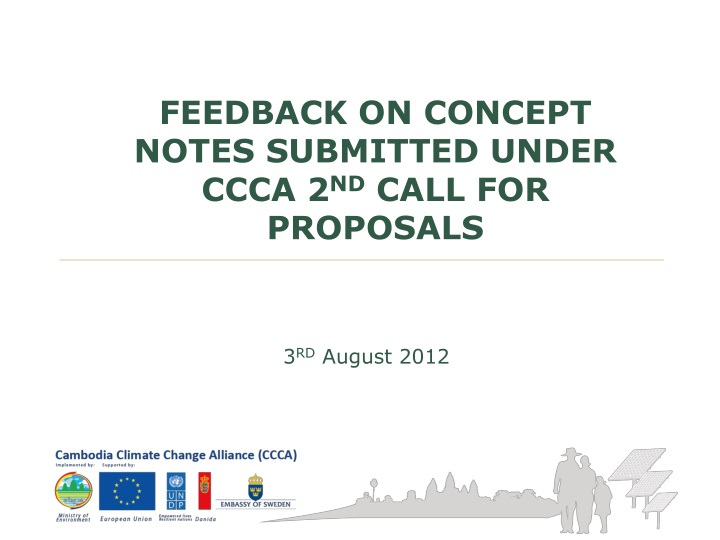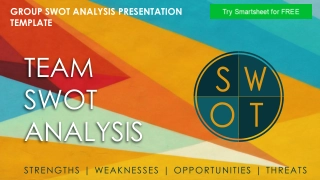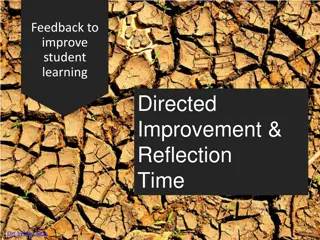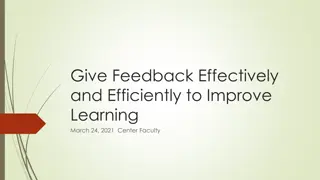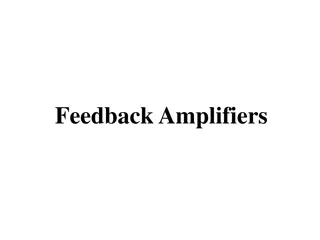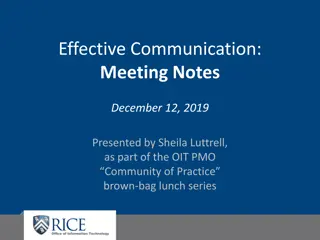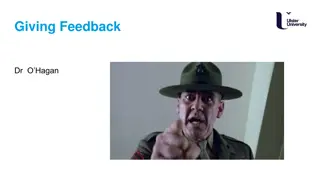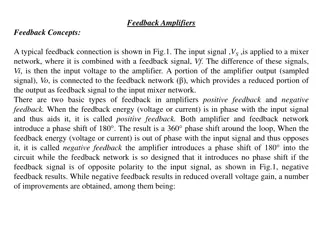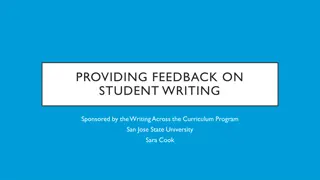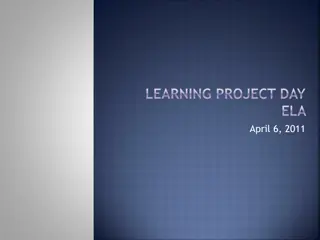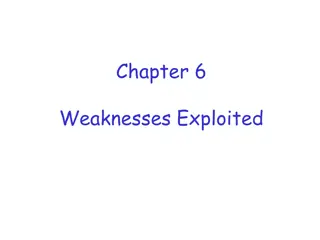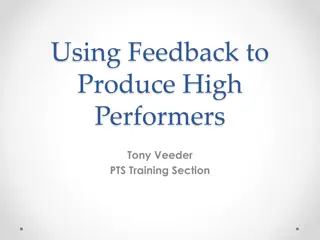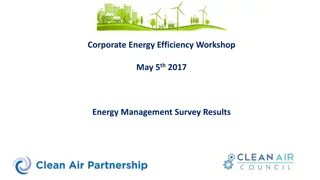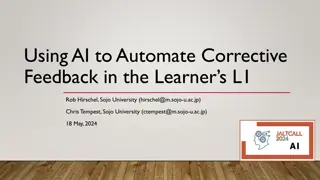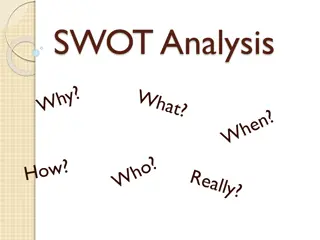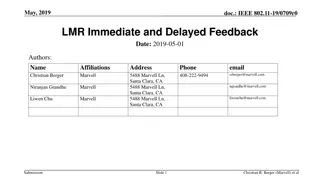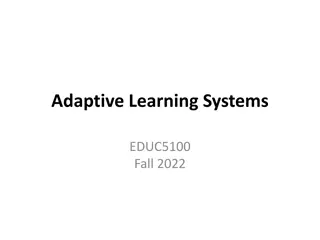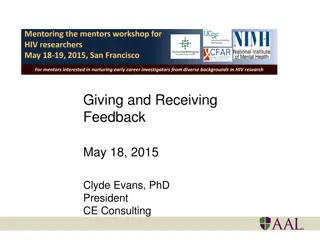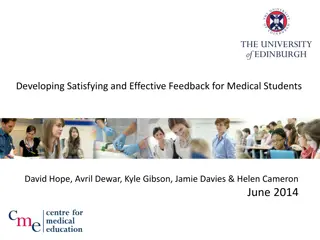Feedback on CCCA Concept Notes: Overview and Weaknesses
Providing insights into concept notes submitted for CCCA proposals, highlighting common weaknesses and expectations for future grants. Includes an overview of institutions, focus areas, and identified weaknesses in problem identification and proposal sections.
Download Presentation

Please find below an Image/Link to download the presentation.
The content on the website is provided AS IS for your information and personal use only. It may not be sold, licensed, or shared on other websites without obtaining consent from the author.If you encounter any issues during the download, it is possible that the publisher has removed the file from their server.
You are allowed to download the files provided on this website for personal or commercial use, subject to the condition that they are used lawfully. All files are the property of their respective owners.
The content on the website is provided AS IS for your information and personal use only. It may not be sold, licensed, or shared on other websites without obtaining consent from the author.
E N D
Presentation Transcript
FEEDBACK ON CONCEPT NOTES SUBMITTED UNDER CCCA 2NDCALL FOR PROPOSALS 3RDAugust 2012
STRUCTURE OF PRESENTATION PART I: General overview of successful concept notes Main weaknesses of submitted concept notes PART III: Expectations on next grants PART II: 2
OVERVIEW OF CONCEPT NOTES RECEIVED Type of institution Total Gov t- central 5 Gov t 3 Gov t University/research 4 Total Govt 12 INGO 3 Local NGO 9 UN 1 Total NGOs 13 4
FOCUS AREAS Focus Areas Irrigation and Agriculture Disaster Risk Reduction Fisheries Forestry/conservation Health Governance Gender Research No. of concept notes 12 2 4 4 1 1 1 2 Element of urban bias most projects concentrated around Phnom Penh- (Takeo, Prey Veng and Kampong Speu) same as on the 1st grants 5
COMMON WEAKNESSES 1. Section 1: 2. Sections 2,4-6: 3. Section 3: 4. Section 4: Problem and Needs Identification Objectives, Outputs and Activities Beneficiaries Proposed Activities + Demonstration of climate change resilience Risk Analysis and Mitigation Monitoring and Evaluation Management Arrangements and partnerships Innovation and Lessons Learned Sustainability Budgets and Co-financing Work plans 5. Section 7: 6. Section 8: 7. Section 9: 8. Section 10&11: 9. Section 12: 10. Budget: 11. Attachment 1: 7
Section 1- Problem Identification Most difficult for most applicants What is the climate change problem the project is aiming to address? Why is that issue a priority to Cambodia or the targeted community CCCA How will your activities contribute to climate change resilience? Most difficult sectors to justify for CC: Fisheries/Forestry including community fisheries/forestry- most proposals are normal CF projects Irrigation- most proposals are normal irrigation projects rather than climate change Research- what is missing on climate change adaptation in Cambodia which will be addressed by proposed researches? 8
Sections 2,4-6: Objectives, Outputs and Activities Proposed activities delinked from CC problems and objectives of the concept note. Most objectives were about building climate change resilience. However activities proposed did not show how they contributed to CC adaptation. Some objectives and activities contribute very well to community fishery management, rural/agricultural development etc, but not to CC adaptation Problems to be solved, objectives and activities have to be directly linked 9
Section 3: Beneficiaries Very top down approach & no consultations with project beneficiaries CC is about people- Give the details of the people affected by CC rather than focusing on the fisheries, forests, dams, etc Details of the project beneficiaries should also be provided Who are the communities being targeted? Men, women, children, the elderly, ethnic minorities? What challenges are these beneficiaries facing with regard to CC? In case of gov t officials/local authorities: What are the CC adaptation gaps facing the local authorities? How will the project develop their capacity? CC related details of the provinces to be targeted should be given and the reasons why it is important to implement the project there 10
Section 4:Proposed Activities + Demonstration of CC resilience Activities too generic Normal development project activities with CC as an add-on e.g. agriculture; irrigation infrastructures; community forestry/fisheries Project ideas based on existing structures & the mandate of the applicant rather than on CC related challenges faced by communities Trying to solve all Cambodia s development issues: land-use management, water resources, livestock, community development, research, CC education, agricultural techniques etc. The activities should be based on CC problems and project objectives Disregard of core/systematic issues faced in the sectors illegal fishing in community fisheries; illegal logging in forests, maintenance of irrigation systems How will the project deal with them? Too much focus on CC needs assessments, research with few demonstrations on adaptation activities. Some of demo activities are too vague 11
Section 7: Risk Analysis and Mitigation Every project faces potential risks (political, social, economic etc) Risks identified, but no risk management proposed Not clear why the highlighted issues posed a threat to the project. E.g. emigration CCCA Trust Fund cannot manage the risks, or the project will address them when they occur Risks should not only be addressed when they become a reality Systemic problems mention before- e.g. illegal fishing, maintenance of irrigation systems, illegal logging, law enforcement; economic incentives for communities, should also be dealt with if the project aims to work in these sectors 12
Section 8: Monitoring and Evaluation How will the project ensure that the project implementation and progress remain on track M&E relates to progress, quality and impact of project activities and outputs. M&E related to financial expenditure too. Most concept notes did not address financial monitoring Show how the project intends to conduct M&E activities, who will be responsible for monitoring CCCA Trust Fund grant programme is about developing the CC resilience of the targeted communities, how will the beneficiaries participate in the M&E? Data and indicators to be used in the M&E should be done during full project formulation. Log-frames should also mention social, economic, and institutional indicators. E.g. how will you assess the impact of CC trainings on local authorities 13
Section 9:Management Arrangements & Partnerships Management arrangements between the applicants and their partners are not clear Partners seem to be the main implementers of the project, especially in concept notes from government. The CCCA TF will treat the applicant as the implementer of the project and the focal point for all issues related to the project The same applies to the management and disbursement of project funds Some concept notes have too many partners. As high as 9. in such cases, the project should demonstrate how applicant will coordinate so many partners and stakeholders 14
Section 10&11:Innovation and Lessons Learned No need to reinvent the wheel Proposals should take into account of lessons learned, best practices from previous or on-going CC related projects in agriculture, fisheries, forestry, water, etc Collaboration with other CC projects in same target areas dealing with similar issues Collaboration with on-going projects is encouraged. This is true in Takeo, Prey Veng and Kampong Speu Proposals should explain the value addition brought by the project Potential double-dipping some applicants are beneficiaries of the UNDP Small Grants Programme, Forum Syd, also funded by Sida Draw lessons learned from the SGP/Forum Syd projects Replication of the same activities as those under SGP/Forum Syd, should be justified 15
Section 12: Sustainability CC resilience is about making sure that the livelihoods of communities stay stead regardless of the current or future changes in the climate Put mechanisms, which will ensure that the impact of project activities will continue beyond the completion of the project Irrigation projects need to demonstrate why the irrigation fell into disrepair in the first place and what will be done by the project to make sure that this does not happen again Registration of local committees does not ensure sustainability unless you can prove that this is the case in your proposal. Other factors such as social, economic and environmental factors, which can also influence sustainability should be considered 16
Budgets: Budgets and Co-financing Contractual services Applicants cannot automatically award contracts to partners without going through a competitive process Management fees for project management cannot be charged Highest budget allocation should be on adaptation demonstrations The budget for personnel should be minimal- Its assumed that the applicant already has the capacity to implement projects High budget allocation to travel and workshops. If the project only focuses on training, research and few activities on adaptation experiments, then consider budget reduction Consultants should also be kept to a minimum and only for specific issues, which the applicant does not have the capacity to address. Co-financing in kind or cash is expected of all applicants as this demonstrate your commitment to the project 17
Attachment 1: Work plans Too many activities, Pick and choose what you can do well ensure activities directly contribute to CC adaptation &shave off or justify non-CC related activities Be realistic all activities to be completed within 15 months. Flow of activities should be logical & evenly distributed. e.g trainings of FUWCs in the management of irrigation systems should come before actual irrigation maintenance CC vulnerability assessments should preferably be done during project formulation to save time Demonstration of CC adaptation measures - Details demonstration activities should also be explained. - demonstration activities should be linked to CC- - e,g. registration of CFs, artificial insemination etc should be linked to CC 18
EXPECTATION ON NEXT GRANTS Due to limited availability of funds, approx 12 projects will be awarded grants Full project review will be based on: completeness of documentation adherence to Annex B requirements technical strength of the proposals and taking into account of feedback provided by the Secretariat Work plans, activities, budgets etc Other issues to be taken into consideration are: Sector focused by the project- agric, water etc Scope of the project- gender, governance etc geographic location & the current concentration of CC projects Possible reduced funding: If the project activities don t directly relate to CC concentration on too few activities- e.g. research, CC awareness absorptive capacity of the applicant overlaps with other UNDP/SIDA CC adaptation projects 20
Thank you! Any questions? 21
